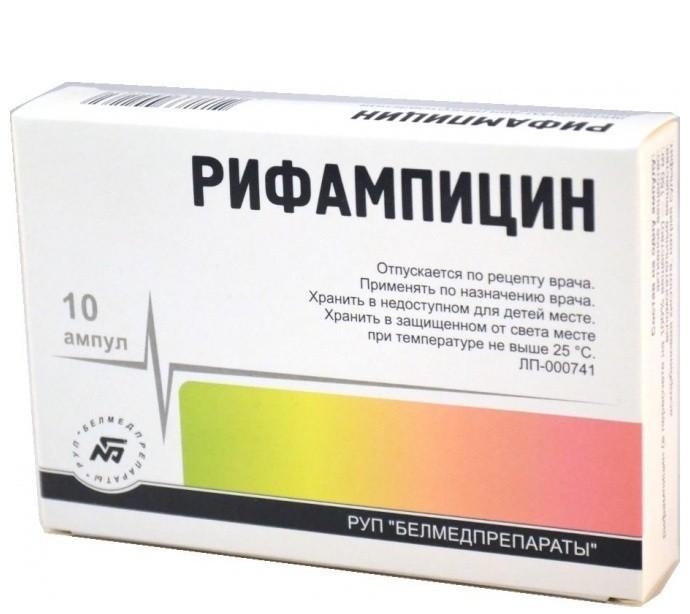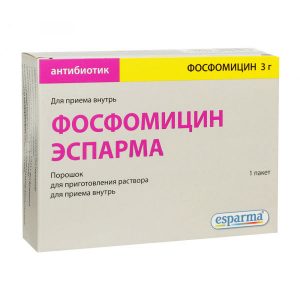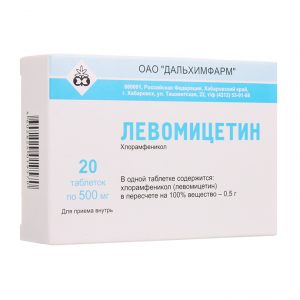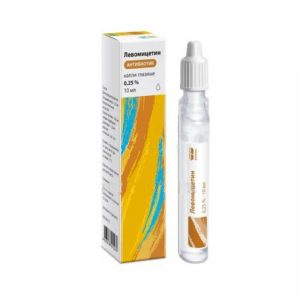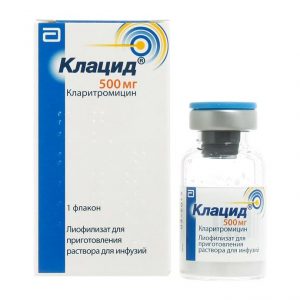Description
Release form
Lyophilisate for solution for infusion.
Packing
10 ampoules.
Pharmacological action
Rifampiin is a broad-spectrum antibiotic. It is active against mycobacterium tuberculosis and leprosy, acts on gram-positive (especially staphylococci) and gram-negative (meningococci, gonococci) cocci, less active against gram-negative bacteria.
Rifampiin is well absorbed from the gastrointestinal tract. The maximum concentration in the blood is reached after 2-2 ‘/ 2 hours after ingestion.
With intravenous drip, the maximum concentration of rifampicin is observed towards the end of the infusion (infusion). At a therapeutic level, the concentration of the drug when administered orally and intravenously is maintained for 8-12 hours, for highly sensitive pathogens for 24 hours. Rifampicin penetrates well into tissues and body fluids and is found in therapeutic concentrations in pleural exudate (accumulating between the membranes, surrounding the lungs, protein-rich fluid), sputum contained in caverns (cavities in the lungs resulting from tissue necrosis), bone tissue. The highest concentration of the drug is created in the tissues of the liver and kidneys. It is excreted from the body with bile and urine.
Rifampicin resistance is developing rapidly. Cross-resistance with other antibiotics is not observed (with the exception of rifamiin).
Indications
Tuberculosis (including tuberculous meningitis) as part of combination therapy. MAC infection. Infectious and inflammatory diseases caused by pathogens sensitive to rifampicin (including osteomyelitis, pneumonia, pyelonephritis, leprosy, meningococcal carriage).
Contraindications
Hypersensitivity, including to other drugs of the rifamycin group, impaired liver and kidney function, transferred less than 1 year ago infectious hepatitis, jaundice, incl. mechanical.
In / in the introduction: cardiopulmonary insufficiency II ² III degree, phlebitis, childhood.
Use during pregnancy and lactation
If rifampicin is to be used during pregnancy, the estimated benefits of the therapy to the mother and the potential risk to the fetus should be evaluated.
It should be borne in mind that the use of rifampicin in the last weeks of pregnancy increases the risk of bleeding in newborns and mothers in the postpartum period.
Rifampicin is excreted in breast milk. If necessary, use during lactation should stop breastfeeding.
Special instructions
Use with caution in case of liver disease, exhaustion. In the treatment of non-tuberculosis infections, the development of resistance of microorganisms is possible, this process can be prevented if rifampicin is combined with other chemotherapeutic agents. With rifampicin daily, its tolerance is better than with intermittent treatment. If it is necessary to resume treatment with rifampicin after a break, then you should start with a dose of 75 mg / day, gradually increasing it by 75 mg / day until the desired dose is reached. In this case, renal function should be monitored, possibly an additional appointment of GCS.
With prolonged use of rifampicin, a systematic monitoring of the blood picture and liver function is indicated, a test with a load of bromosulfalein cannot be used, since rifampicin competitively inhibits its excretion.
PASK preparations containing bentonite (aluminum hydrosilicate), should be prescribed no earlier than 4 hours after taking rifampicin.
In newborns and premature infants, rifampicin is used only in cases of emergency.
Available as a prescription.
Composition
Rifampicin 150 mg.
Dosage and administration of
When administered orally to adults and children – 10 mg / kg 1 time / day or 15 mg / kg 2-3 times a week. Accepted on an empty stomach, the duration of treatment is set individually.
IV in adults – 600 mg 1 time / day or 10 mg / kg 2-3 times a week, for children – 10-20 mg / kg 1 time / day or 2-3 times a week.
It is possible to introduce into the pathological focus (by inhalation, intracavitary administration, as well as the introduction of a skin lesion into the focus), 125-250 mg.
Maximum doses: when taken orally for adults, the daily dose is 1.2 g, for children 600 mg, with iv administration for adults and children – 600 mg.
Side effects of the digestive system: nausea, vomiting, diarrhea, decreased appetite, increased levels of hepatic transaminases, bilirubin in blood plasma, pseudomembranous colitis, hepatitis.
Allergic reactions: urticaria, Quincke’s edema, bronchospasm, flu-like syndrome.
From the hemopoietic system: rarely – thrombocytopenia, thrombocytopenic purpura, eosinophilia, leukopenia, hemolytic anemia.
From the side of the central nervous system: headache, ataxia, visual impairment.
From the urinary system: necrosis of the tubules of the kidney, interstitial nephritis, acute renal failure.
From the endocrine system: menstrual irregularities.
Other: reddish-brown staining of urine, feces, saliva, sputum, sweat, tears.
Drug interactions
Due to the induction of microsomal liver enzymes (isoenzymes CYP2C9, CYP3A4), rifampicin accelerates the metabolism of theophylline, oral anticoagulants, oral hypoglycemic drugs, hormonal contraceptives, red peanut, and red liver medicine, a decrease in their plasma concentrations and, accordingly, a decrease in their effect.
Storage Conditions
In a dark place at a temperature not exceeding 25 ° C.
Expiration
2 years.
active substance
Rifampicin
Terms leave through pharmacies
In retseptu
lekarstvennaja form
Solution for infusion
Prescribed
For children according prescribed by a doctor, Adults prescribed by a doctor
indications
tuberculosis
